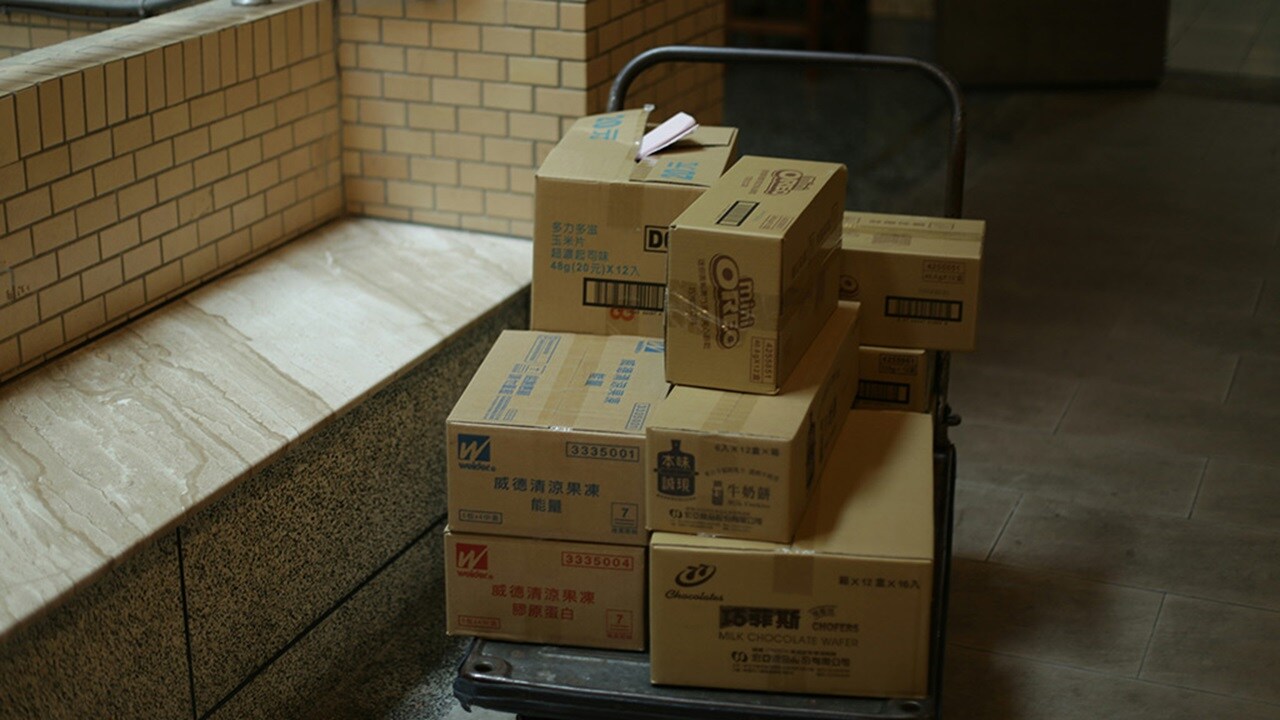When thinking about the beautiful complexity of supply chains, packaging might often be an overlooked element - not the first to come to mind. Despite this, the importance of correct packaging for specific products can make a difference in the quality of the cargo while in transit (temperature control, resilience to shocks, etc) and in the overall experience of whomever is waiting for that box.
What is the function of packaging in logistics?
The importance of packaging in today's competitive market cannot be overstated. A packaging process is used to prepare goods for shipment, so that they stay safe, in good shape, and aesthetically appealing for the customers to open and enjoy. Packaging protects the goods, makes them easier to handle and store, and when done efficiently helps avoid transporting empty space. “Above its fundamental function of protecting, containing and preserving the product, the functions of packaging are manifold and complex, and the definition here can be related to three main categories i.e., logistics, marketing and environment” states Virgil Popa in his research piece titled “Supply Chain Management Journal Role and Importance of Packaging in Supply Chain Management”. Packaging within e commerce logistics and fulfilment can be divided into three levels: primary packaging, which is the packaging provided by the brand manufacturer (such as a bottle to contain shampoo), then secondary packaging, which is the box where all the bottles would be stored next to each other and then finally the tertiary packaging, being the pallet where all the boxes would be stacked and covered in tape or protective film.
What is the role of packaging in the supply chain? What role does it play in e-fulfilment logistics?
Within e commerce logistics and fulfilment, packaging can have dual roles of equal importance:
Logistical role
- Minimal damage: Packaging protects the products during transportation, it minimises damage and keeps them at the ideal temperature. It is a strategic element for transportation, preparing a product for its shipment as well as optimising its distribution allowing a higher number of products in the same box, hence reducing costs.
- Resilient goods: During transportation, any packaging must withstand any external pressure or friction it may encounter. A damaged good due to poor packaging, or a failed delivery as a consequence of said damage can set back a business on their orders. Having resilience, therefore, also means taking into consideration packaging as a tool to avoid more disruption to one’s transport.
- Efficient warehousing: The success of the packaging process depends on an effective management of inventory. Any product that is well packaged is easier to stack and store.
Marketing role
How can you use packaging to communicate your brand to the end consumer? Packaging can make or break your brand identity. In today’s digital e commerce logistics and fulfilment world, the packaging box can be the first touchpoint for a customer, meaning the first-ever experience of a brand. Too much unnecessary plastic? Little protection so it arrives all squashed? Colourful details? A small, personalised note? Each choice can provide a unique experience for the customer, one that carries the branding colours and values of the brand, its visual identity, and that gives a unique experience of unboxing that is special enough to replace the experience that a customer would have in the physical shop.
How will packaging change e-commerce logistics and fulfilment? What are the latest packaging logistics trends?
Currently, the industry is focusing on their environmental impact, innovation, and automation. When looking more in detail:
- Environmental impact is one of the main challenges and areas of interest for fulfillment and packaging. As seen in recent solutions in the FMCG sector, the industry is witnessing more companies across industry types investing in innovative solutions for their packaging such as lightweight, biodegradable, and plant-based material (hemp, seaweed, etc.), reusable or recyclable, helping brands with minimizing their waste and impact. Even when it comes to the tape used to seal packaging boxes, the use of paper-based tape is increasing following the trend known as “paperisation”, which describes companies going back to paper materials instead of plastic. As explained by CPMirror: “The global appetite for alternatives to plastic packaging has driven a wave of innovation that makes paper and paper-based packaging a more viable proposition for a wider range of applications than it was a decade or so ago.” Some companies have also opted for the use of hard plastic packaging that can be returned by shops and delivery companies and reused for more deliveries, an example is some brands selling white goods, such as refrigerators, washing machines, etc. using lots of cardboard paired with these outer reusable hard, durable plastic boxes. While substituting all plastics is hard, more and more companies are investing in innovative solutions to phase out plastic as much as possible.
- QR codes and RFID (Radio Frequency Identification) technology is becoming more prominent within packaging. In a scientific paper published on the topic of RFID use for smart food packaging, the low-cost, robust and less power-demanding sensor is described as a great innovation for smart fulfillment and packaging in the future, particularly for perishable cargo. QR codes or RFID can be used to help track a package as it moves towards the end customer, providing information on location, conditions, dates, CO2 contribution, company information, etc. which moreover can also be used to forward some promotional material to the receiver.
- Rightsized packaging technology is taking over. The technology is used in warehouses to help companies determine how to package goods perfectly. “The sensor-laden rightsizing machines detect the product’s — or multiproduct shipment’s — size and run that data through algorithms to determine what box would most closely fit the contents” explains Packagingdive and confirms that “while rightsizing is especially suited for e-commerce, some brands and retailers also are adopting the technology to cut costs and satisfy consumers”. With more investments coming to develop this technology even further exciting news will come soon in this space, broadening its possibilities for companies, their strategies, and the environment.
- New automation technology, influenced by continuous improvement and innovation, aims at supporting warehouse management systems in selecting which boxes should be picked for different orders, calculating which specific box should be selected and thus lowering cost, speeding up processes and reducing waste.

Finally, talking to an expert logistics provider can help identify the optimum packaging for specific types of cargo. “Cooperating with an integrated logistics provider can ensure flexibility, scalability and large-scale solutions that are powered by data and industry insights” says Kevin Bennett, Vice President Business Development at Maersk.
Even if not immediately obvious, fulfillment and packaging are very important parts of a company’s logistics. A collaboration that is powered by knowledge can help brands by keeping them updated on the latest technology on materials and machines that can truly optimise their packaging strategies and by proxy their decarbonisation ambitions and final cost.
Sign up to The Logistics Pulse newsletter
You did it, welcome onboard!
We're sorry, but there was a problem sending your contact request.
Please review the form fields and ensure all required information is provided correctly. If the issue persists, please contact our support team for further assistance.
Sign up to The Logistics Pulse newsletter
Receive our insights directly in your mailbox by signing up through this form and enter a world of truly integrated logistics. Get inspired by our selection of articles that help you navigate supply chains, understand industry trends, and shape your logistics strategy. You can unsubscribe anytime.
I agree to receive logistics related news and marketing updates by email, phone, messaging services (e.g. WhatsApp) and other digital platforms, including but not limited to social media (e.g., LinkedIn) from A. P. Moller-Maersk and its affiliated companies (see latest company overview). I understand that I can opt out of such Maersk communications at any time by clicking the unsubscribe link. To see how we use your personal data, please read our Privacy Notification.
By completing this form, you confirm that you agree to the use of your personal data by Maersk as described in our Privacy Notification.













